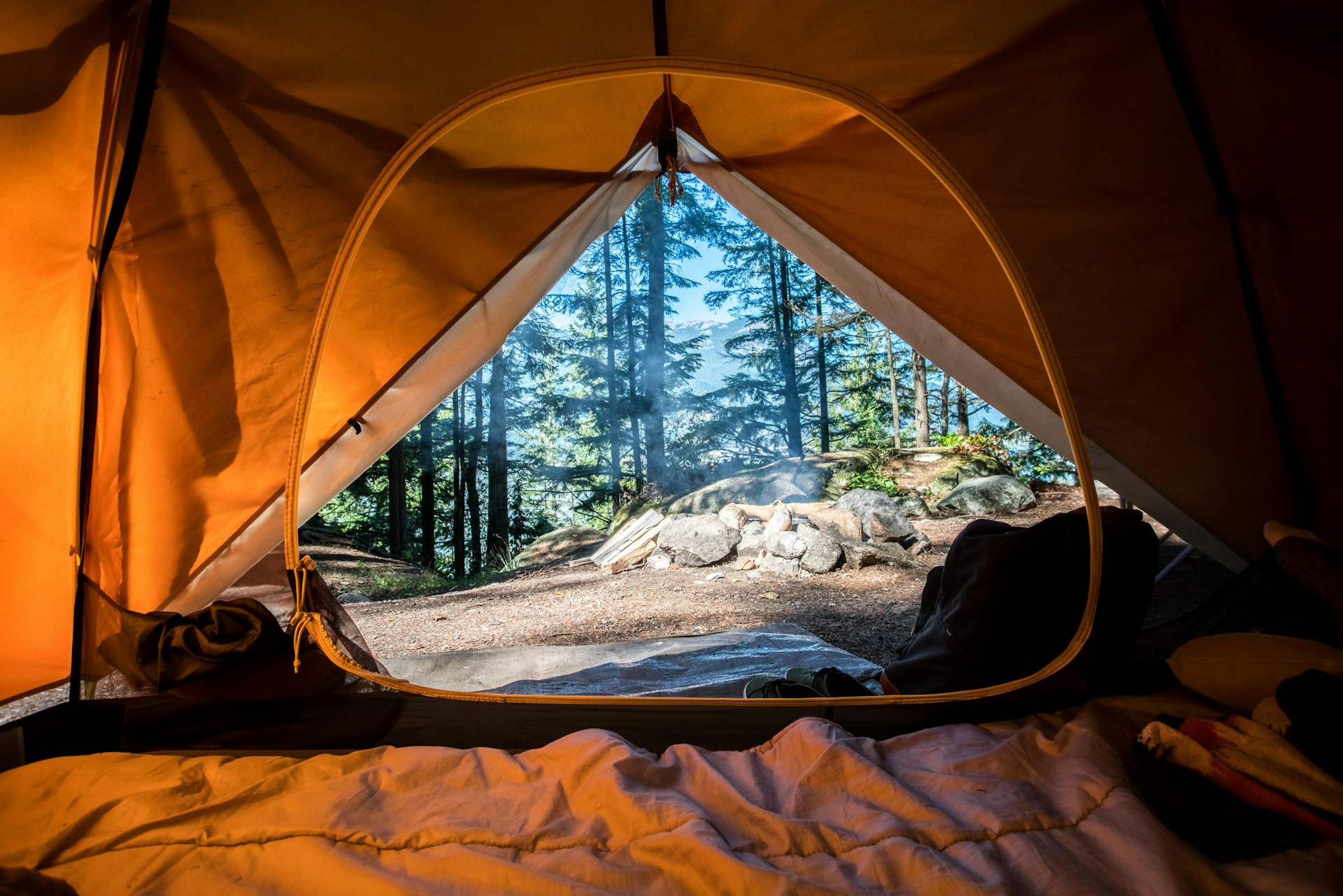Imagine the serenity of a misty morning in Yosemite Valley without the hum of a thousand conversations, or gazing at the Grand Canyon’s expansive views with only the sound of wind and wildlife to accompany you. National parks during the off-season offer a dramatically different experience from the bustling summer months when millions of visitors crowd scenic viewpoints and popular trails.
For those seeking solitude, deeper connection with nature, and a more authentic wilderness experience, off-season camping provides the perfect opportunity. While it requires more preparation and flexibility, the rewards of having these natural wonders nearly to yourself make the extra effort worthwhile. This guide will walk you through everything you need to know about planning, preparing for, and enjoying an off-season national park camping adventure.
Understanding the Off-Season Advantages
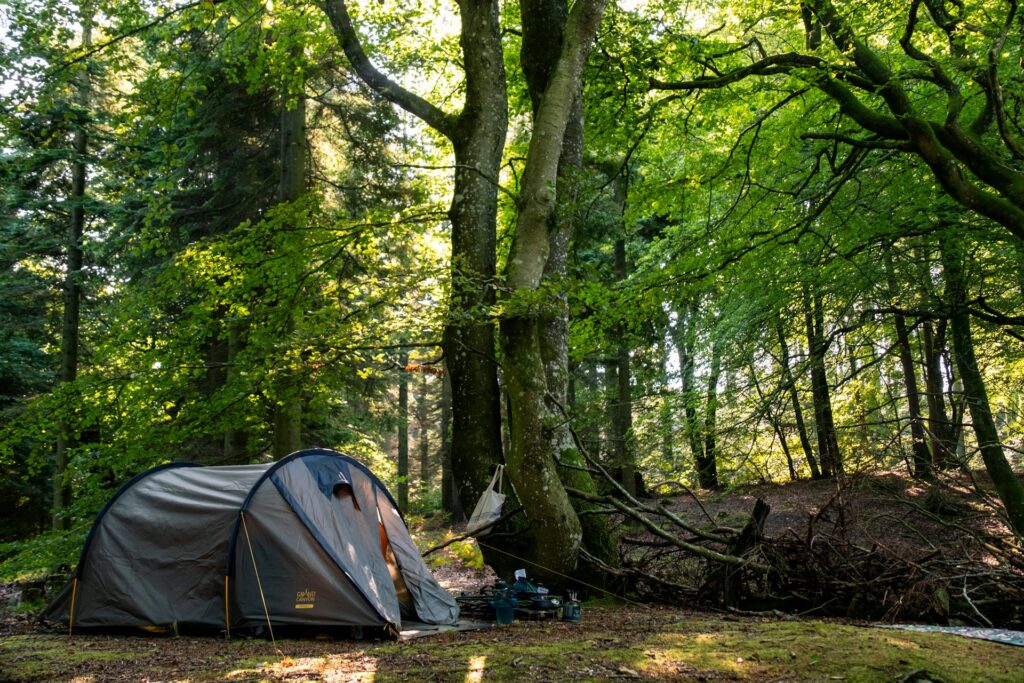
The off-season in national parks typically falls between late fall and early spring, though exact timing varies by location and climate. During these periods, visitor numbers can drop by as much as 80% compared to peak summer months, creating a dramatically different park experience. Beyond the obvious benefit of fewer people, off-season visitors often enjoy reduced entrance fees, more available camping sites, and easier access to typically crowded attractions.
Wildlife viewing can actually improve during these quieter months as animals become more active in open areas without the constant human presence. Perhaps most valuable is the psychological benefit – the opportunity to experience these natural wonders as they existed before becoming major tourist destinations, allowing for deeper contemplation and connection.
Researching Park-Specific Off-Seasons
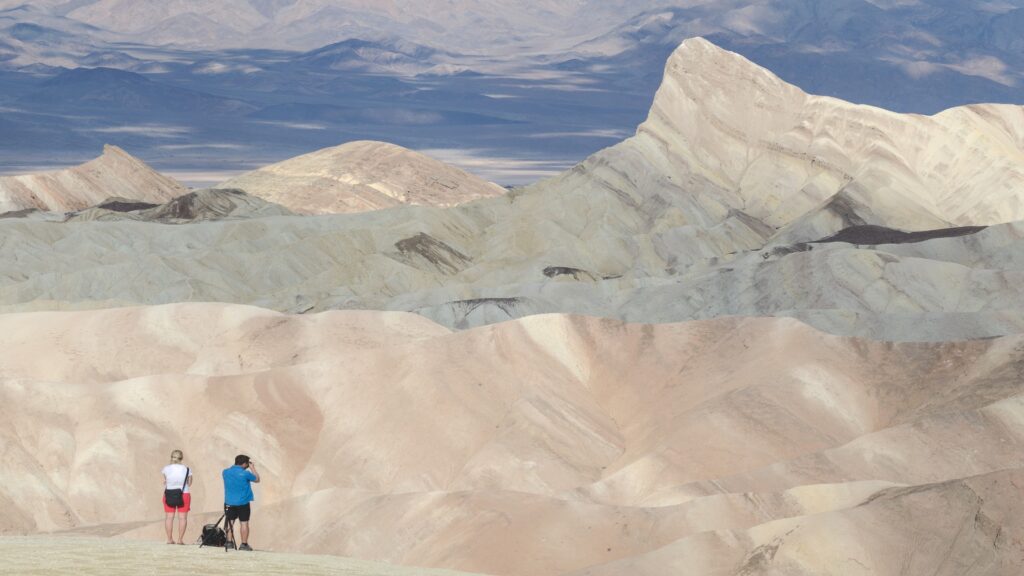
Each national park has its own unique off-season timing based on climate, geography, and traditional visitation patterns. Desert parks like Death Valley or Joshua Tree might have their quietest periods during summer months when temperatures soar to uncomfortable levels, while northern parks like Glacier or North Cascades see fewer visitors during their snowy winters. Before planning your trip, research your target park’s visitation statistics by month, which are typically available on the National Park Service website.
Check historical weather patterns to understand what conditions you might encounter. Some parks offer specialized ranger programs during off-seasons that focus on seasonal phenomena like bird migrations or geological processes. Contacting park rangers directly can provide invaluable insights about the best times to visit for your specific interests while avoiding crowds.
Planning Around Seasonal Closures
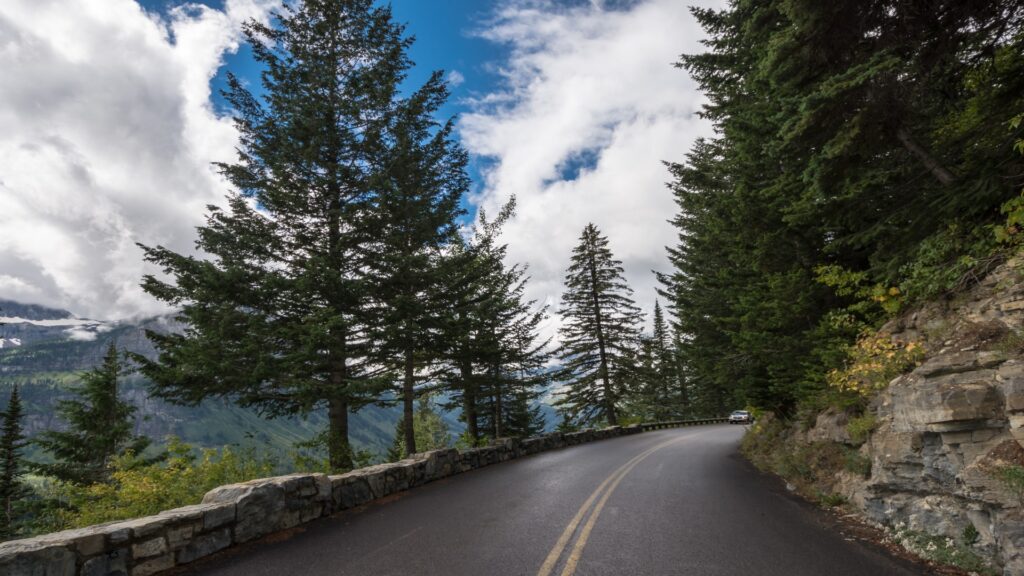
One critical aspect of off-season camping is understanding what park facilities and areas remain accessible. Many parks close certain roads, visitor centers, and camping areas during slower months due to weather conditions or maintenance needs. The Going-to-the-Sun Road in Glacier National Park, for instance, closes to vehicles during winter months, while Yellowstone shutters most of its facilities outside the Old Faithful area.
Before finalizing plans, thoroughly review the park’s official website for closure information, which is typically updated regularly as conditions change. Some parks transition campgrounds from reservation systems to first-come, first-served during quieter months, changing how you need to plan your stay. Remember that even when certain areas close, parks often maintain alternative access points and activities specifically designed for off-season visitors.
Essential Gear for Off-Season Comfort
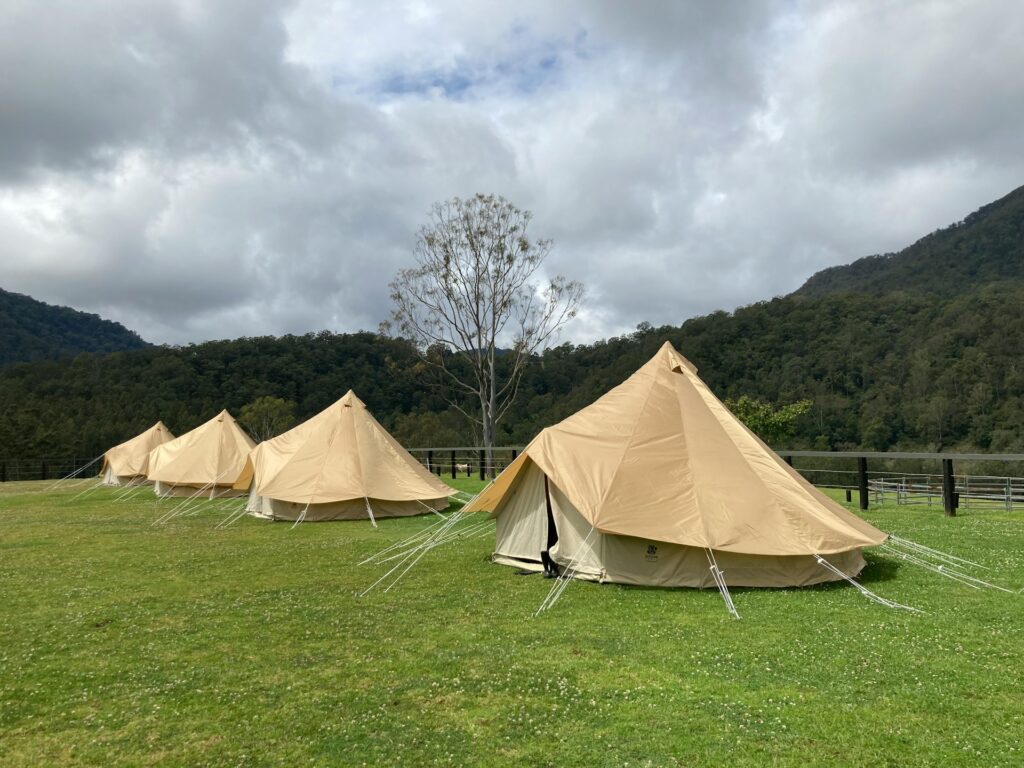
Camping during shoulder seasons requires more specialized equipment than summer camping due to potentially extreme weather conditions. Start with a four-season tent designed to withstand snow loads and high winds, or at minimum, a quality three-season tent with a full rain fly. Sleeping systems should include pads with higher R-values for ground insulation and sleeping bags rated at least 10-15 degrees below the coldest temperatures you expect to encounter. Layered clothing becomes essential, with moisture-wicking base layers, insulating mid-layers, and waterproof/windproof outer shells that can be adjusted as conditions change throughout the day.
Additional critical items include waterproof boots, multiple pairs of wool socks, insulated gloves, and headwear that covers your ears. Don’t forget extra batteries for headlamps, as colder temperatures drain battery life much faster than in warmer conditions.
Navigating Weather Challenges
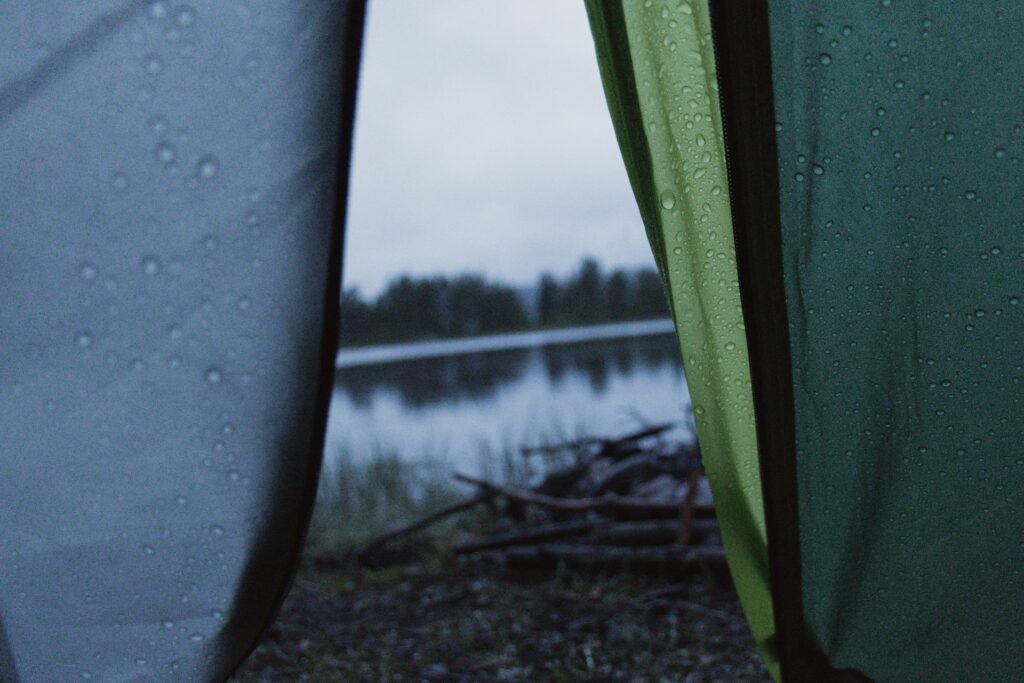
Weather during off-seasons can be unpredictable and potentially severe, requiring campers to develop specific skills and contingency plans. Before departure, establish a reliable method for checking weather forecasts, whether through weather radio, satellite communication devices, or designated check-in points with cell service. Learn to recognize signs of approaching storms, including changing cloud patterns, shifts in wind direction, and barometric pressure changes (which many outdoor watches can now monitor).
Develop skills for setting up camp in adverse conditions, such as how to properly stake a tent in high winds or create protected cooking areas during precipitation. For snow camping, understand basic avalanche safety if you’ll be in mountainous terrain, and practice setting up and breaking down camp while wearing gloves. Always inform someone outside your group about your itinerary and expected return date, with instructions on when to alert authorities if you don’t check in.
Winter Camping Techniques
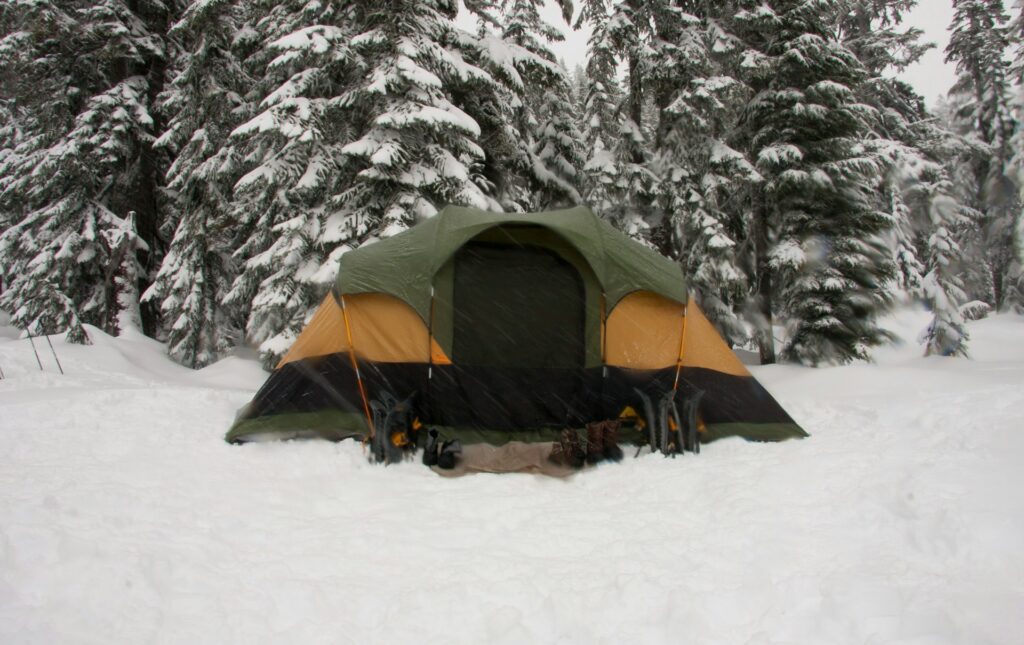
Winter camping in national parks presents unique challenges but offers extraordinary rewards for those properly prepared. Selecting an appropriate campsite becomes even more critical in winter – look for natural windbreaks like rock formations or tree groves, while avoiding areas with potential hazards such as dead trees or avalanche paths. Consider using a camp shovel to create wind barriers or level tent platforms in snowy conditions. Insulation becomes paramount – use closed-cell foam pads under inflatable sleeping pads for maximum ground insulation, and consider a reflective emergency blanket as a tent footprint to reflect body heat.
Managing moisture becomes essential, as wet clothing can quickly lead to hypothermia; bring extra dry clothes stored in waterproof bags and develop a system for drying damp items inside your tent or sleeping bag overnight. Mastering the art of keeping water from freezing (water bottles in sleeping bags, insulated containers) and efficiently melting snow for water becomes essential in below-freezing environments.
Food Planning and Preparation
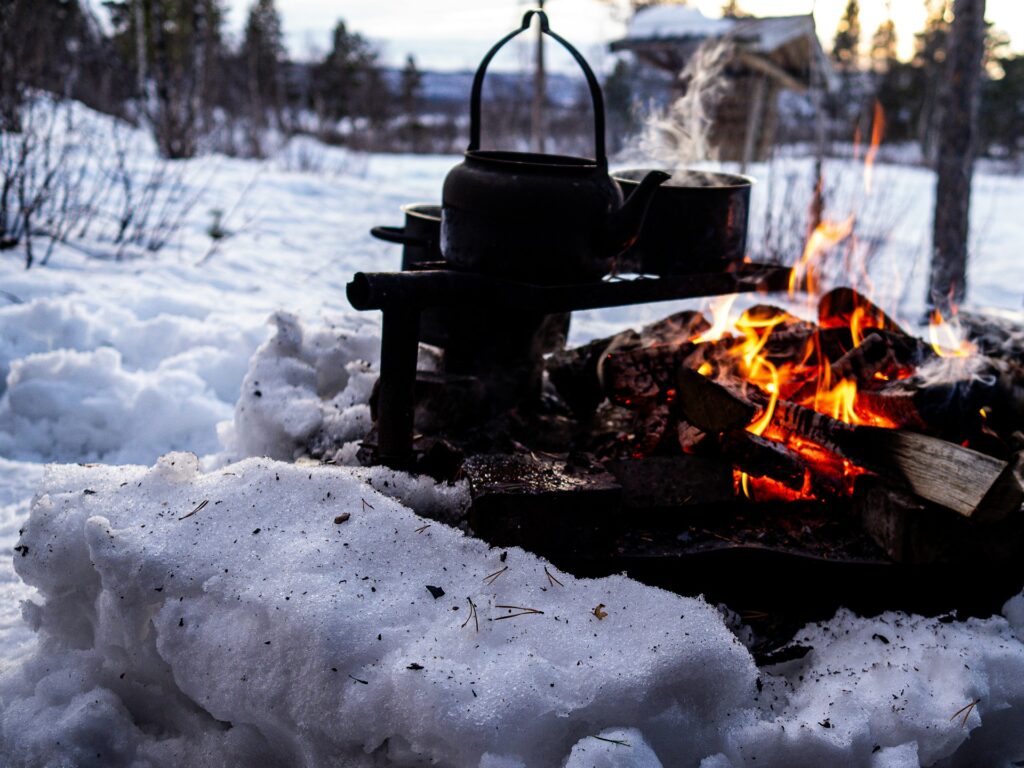
Nutritional needs increase significantly during cold-weather camping, requiring careful meal planning for off-season adventures. Focus on calorie-dense foods that provide sustained energy, incorporating healthy fats and complex carbohydrates into each meal. Hot meals and beverages become more than just preferences – they’re important tools for maintaining core body temperature, so invest in an efficient, reliable stove system with adequate fuel for your trip duration plus a safety margin.
Remember that cooking takes longer at higher elevations and in colder temperatures, so adjust your expectations and fuel supplies accordingly. Pre-cook and dehydrate complex meals at home to minimize cooking time at camp, and use insulated containers to keep food warm longer after preparation. Consider specialized winter cooking techniques like preparing a dedicated snow-melting pot (often darkened with soot to absorb more heat) separate from your cooking vessels to improve efficiency.
Wildlife Safety During Quieter Seasons

Wildlife behavior changes significantly during off-seasons, creating both enhanced viewing opportunities and different safety considerations. Research seasonal animal patterns for your specific destination, as many species become more active in certain park areas during fall, winter, or spring months. Bear safety remains important in many parks even outside summer months – some bears may be actively preparing for hibernation in fall (and hungrier than usual) or emerging from dens in early spring.
In parks with year-round bear activity, maintain the same food storage protocols used in summer. During rutting or mating seasons for large mammals like elk or moose, maintain greater distances than you might in summer, as these animals become more aggressive and unpredictable. Off-seasons often present spectacular bird migration viewing opportunities, so pack binoculars even if you’re not typically a birder, as these seasonal movements can be one of the most memorable aspects of your trip.
Finding Solitude Strategically
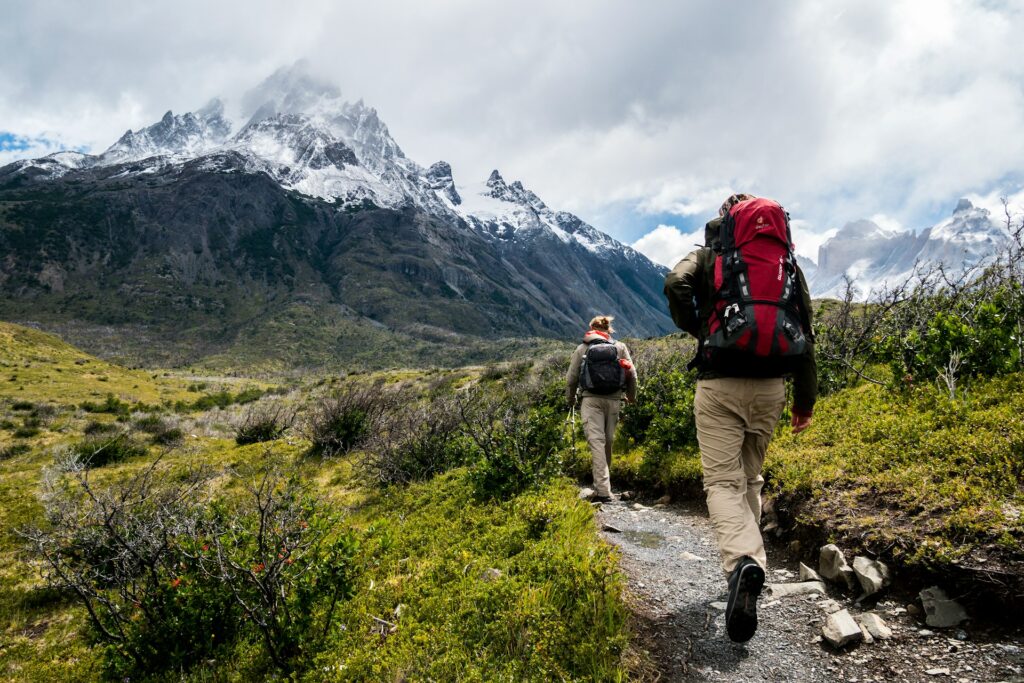
Even during off-seasons, certain iconic locations within national parks can still attract crowds during weekends or holidays. To maximize solitude, research lesser-known areas within popular parks by consulting detailed trail maps or speaking with rangers about overlooked destinations. Consider camping mid-week rather than weekends when possible, as visitor numbers typically drop significantly from Tuesday through Thursday, even during otherwise busy periods.
For parks with multiple entrances, the main entrance typically sees the highest traffic regardless of season, while secondary entrances often provide immediate access to less-visited areas. Time your daily activities strategically – starting hikes at dawn not only provides the best light for photography but typically ensures hours of solitude before other visitors arrive. For truly immersive experiences, look into backcountry camping options that remain open during off-seasons, which often require permits but provide unparalleled privacy.
Safety Protocols and Emergency Preparation
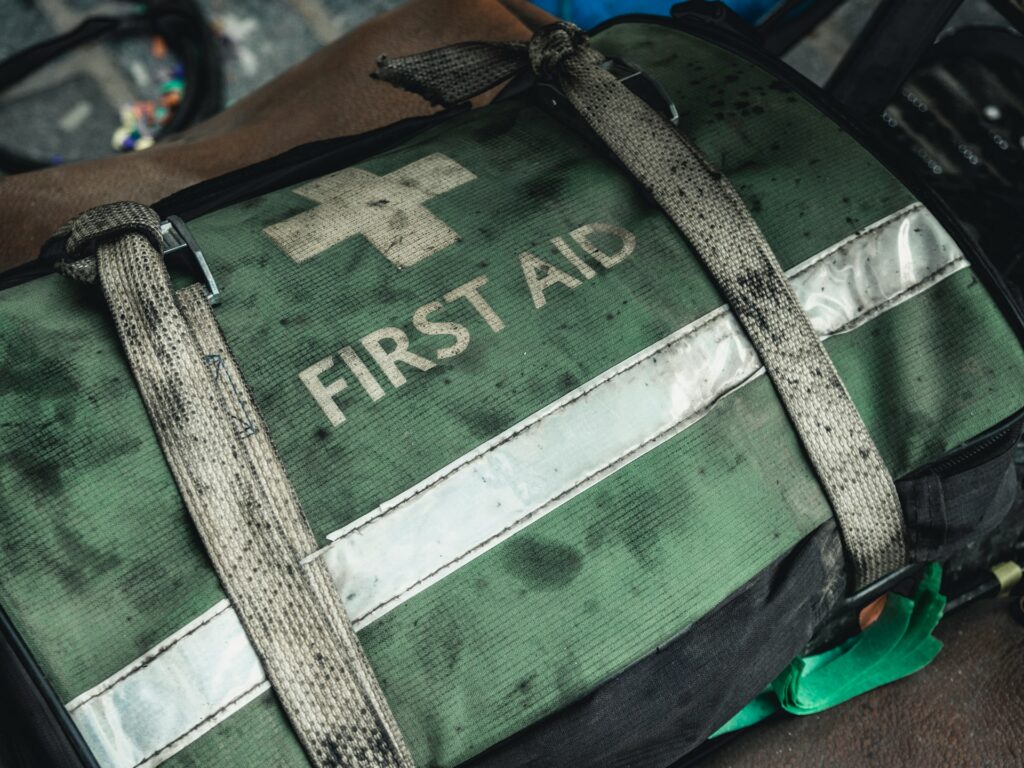
Off-season camping demands more comprehensive safety planning due to potentially extreme conditions and reduced availability of emergency services. Develop a detailed emergency plan including evacuation routes, locations of nearest medical facilities, and reliable communication methods. Many remote park areas lack cell service year-round, making satellite communication devices worth considering for off-season trips. Pack a comprehensive first aid kit supplemented with additional emergency supplies like chemical hand warmers, emergency shelter, fire-starting materials, and extra food.
Understanding the signs and treatment of cold-weather injuries becomes essential – learn to recognize hypothermia, frostbite, and trench foot symptoms before they become severe. Always inform park rangers of your specific itinerary when obtaining permits or checking in, and establish clear check-in protocols with contacts outside the park who can alert authorities if you don’t return as scheduled.
Photography in the Off-Season
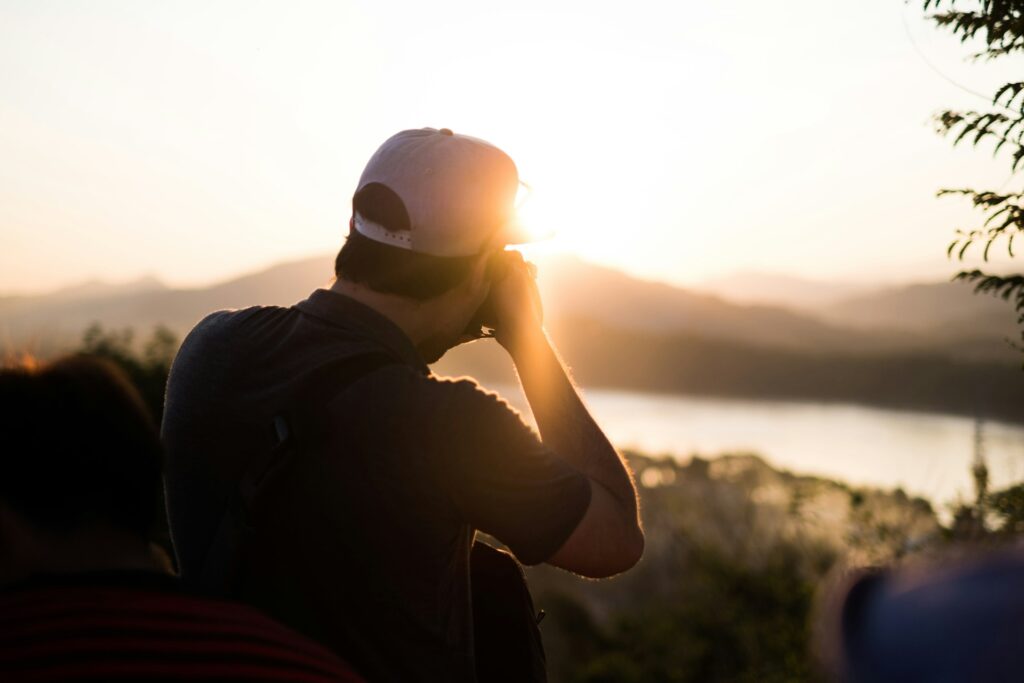
The off-season presents extraordinary photography opportunities that summer visitors rarely experience, from dramatic storm systems to snow-draped landscapes and unique wildlife behaviors. Cold weather presents specific camera challenges requiring preparation – carry spare batteries in an inside pocket to keep them warm, as cold temperatures significantly reduce battery life. Consider bringing silica gel packets to combat condensation issues when moving between cold outdoor environments and warmer tents or vehicles. Learn to protect your gear from precipitation with appropriate covers while maintaining quick access for unexpected wildlife sightings or dramatic light changes.
Research seasonal light patterns for your destination, as the sun’s path differs significantly between seasons, creating unique lighting opportunities on familiar landmarks. Morning fog and mist occur more frequently during shoulder seasons in many parks, creating ethereal conditions perfect for atmospheric landscape photography that summer visitors rarely witness.
Campsite Selection and Setup
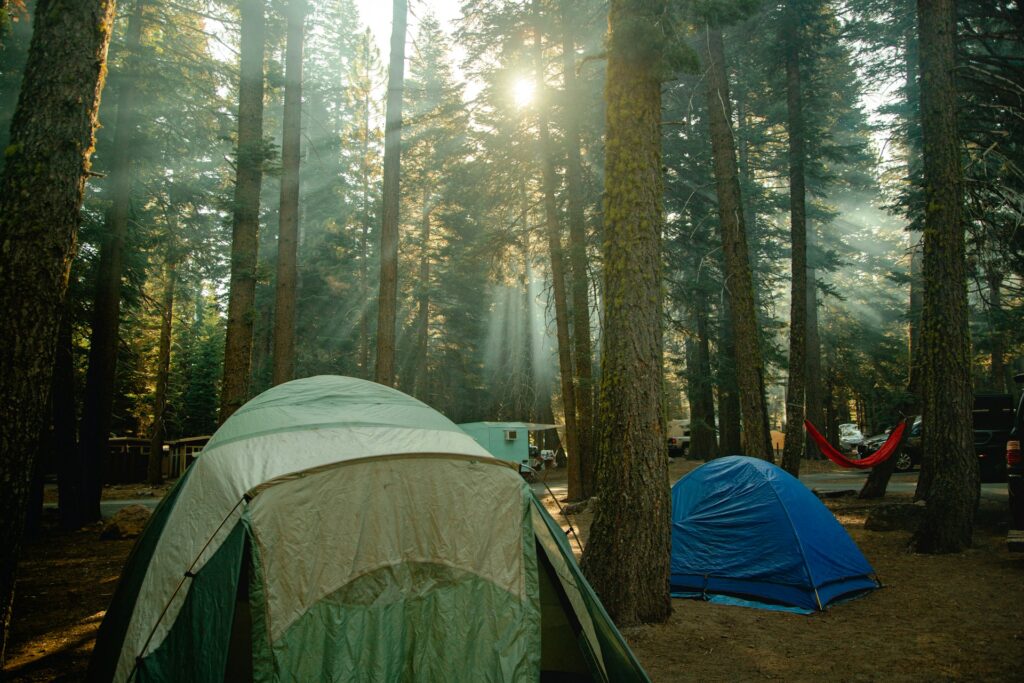
Choosing the right campsite becomes even more critical during off-seasons when weather conditions can change rapidly. Look for naturally protected areas that offer shelter from prevailing winds while avoiding potential hazards like dead trees or branches that could fall during storms. Consider sun exposure patterns – in colder months, a site receiving morning sun helps warm your camp early, while in desert environments during shoulder seasons, afternoon shade becomes valuable. Proper tent orientation becomes crucial – position doors away from prevailing winds and arrange your overall camp layout to create windbreaks for cooking and gathering areas.
Take time to properly secure your tent with extra guy lines and stakes appropriate for the ground conditions you’ll encounter, whether that’s frozen ground, sandy soil, or snow. For multiple-night stays, consider more elaborate comfort features like seating areas with natural windbreaks or dedicated kitchen spaces under a tarp system.
Embracing the Unique Off-Season Experience
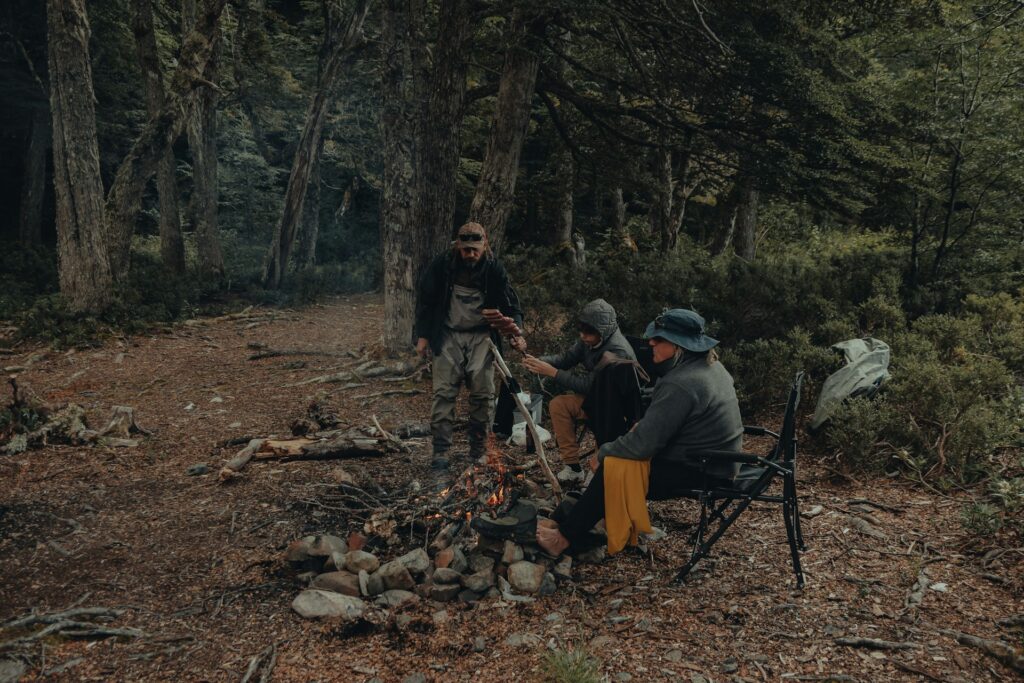
Beyond the practical aspects of off-season camping lies the opportunity to experience national parks in profoundly different ways than most visitors ever will. Take time to develop an appreciation for the seasonal rhythms and transitions unique to your chosen park – the changing foliage, migratory patterns, or geological processes that become more visible without summer crowds. Many parks offer specialized ranger programs during shoulder seasons focusing on these seasonal phenomena, providing deeper educational experiences than possible during busier months.
Embrace the different pace that off-seasons demand – allowing more flexibility for weather delays, spending longer periods observing wildlife that becomes more active in cooler temperatures, or simply sitting in contemplation at viewpoints typically crowded with photographers and tourists. Consider keeping a journal specifically noting the sensory experiences unique to this season – the sounds, smells, and textures that differ markedly from summer visits and create a more intimate connection with these preserved landscapes.
Conclusion
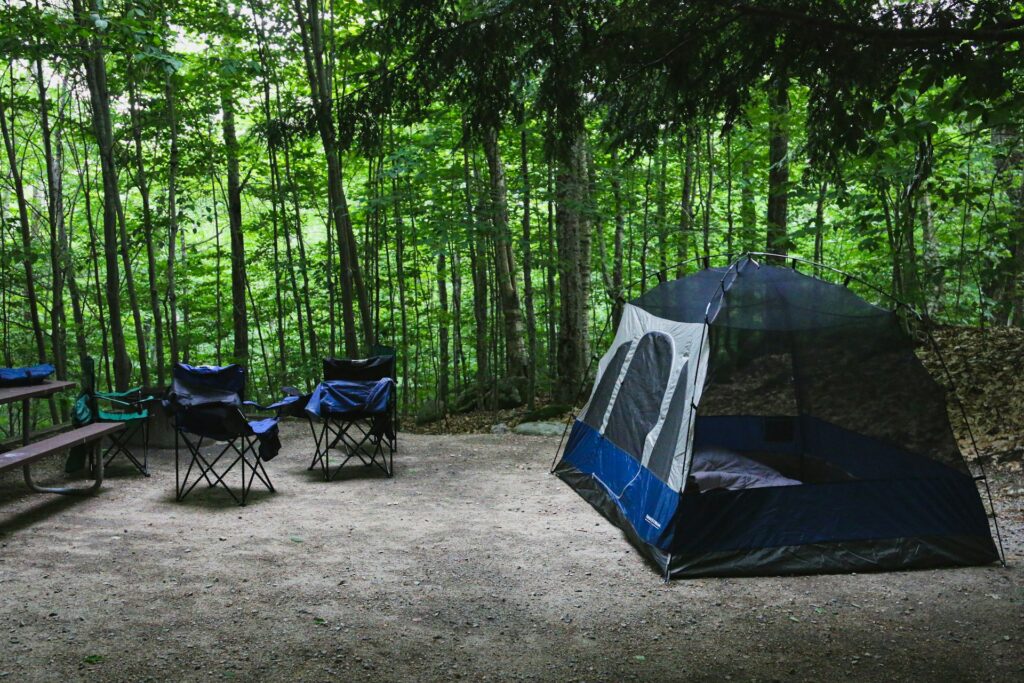
The magic of national parks during off-seasons cannot be overstated. While summer crowds experience these natural wonders through a filter of human activity – constant conversation, full parking lots, and the inevitable sense of being part of a tourism machine – off-season visitors often describe feeling like they’ve stepped back in time to experience these landscapes as early explorers might have. The challenges of weather, closed facilities, and more demanding preparation are balanced by the profound rewards of solitude, authenticity, and deeper connection.
As the National Park Service continues to manage increasing visitation pressures, exploring these treasured landscapes during their quieter months not only provides superior personal experiences but helps distribute the human impact more evenly throughout the year, contributing to the preservation of these special places for generations to come.

